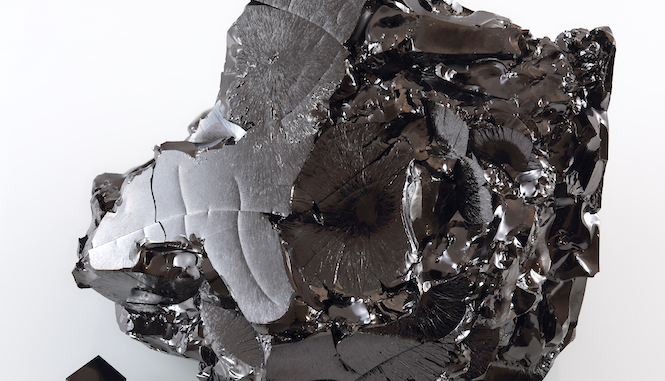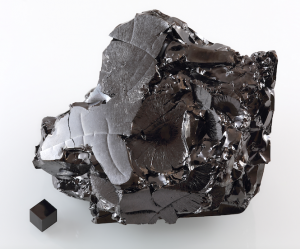
Good news to all the calibration lovers out there: Jan Ilavsky, Andrew Allen and coworkers have managed to certify the glassy carbon absolute intensity calibration standard! So what does that mean?

Scaling your measured scattering pattern to absolute intensity units has several benefits. Firstly, it allows you to extract volume fractions and surface-to-volume ratios, i.e. you gain valuable information in an otherwise information-poor system. Secondly, it allows you to do more extensive comparisons between samples and measurements. Lastly, you score easy brownie points with reviewers of manuscripts; it shows you care(d) about your data.
Up until now, you only had three options: measuring the direct beam intensity directly, using a primary calibration standard, or secondary calibration standard. Each has its advantages and disadvantages.
Measuring the flux of the direct beam directly would give you the best and most straightforward means of determining what fraction of your direct beam has scattered. The downside is obvious: measuring the direct beam requires a detector capable of measuring reliably and linearly at such high photon fluxes.
The primary standards are a class of standards for which the scattering intensity can be calculated from physical properties (for liquids this would be the isothermal compressibility). On the down side, these primary standards scatter rather weakly, and so require a good data correction scheme, and good understanding of your equipment (f.ex. see our recent issue).
The secondary standards are more strongly scattering materials for which the scattering pattern has been determined on an absolute scale. You then compare this absolute-scale data with your own to find out what the scaling factor should be. On the upside, they are fairly fault-tolerant, usually easy to mount (solid slabs), and can be measured in a short time. On the down side, you rely on someone else’s care and diligence in getting the absolute-scale data correct.
With the advent of the NIST GC SRM, you have a fourth option. Essentially they sell a secondary standard, but the downside has been bypassed: the methods used for calibration and scaling are well-documented and double-checked. It costs a bit of money (a bit over 500 dollars), but it lasts forever, and comes with a pedigree. In my eyes, this should be a standard tool available in all serious scattering laboratories. Knowing how hard it is to certify something as a reference material, I have enormous respect for Jan, Andrew and their coworkers for going through the process!

Leave a Reply